I want to output my circuit from -5..5v into 0..10v. My circuit generate -5..5v. What should i do to generate that signal? what analog circuit i should use? thanks
-
a diode and capacitor circuit! – Jasser Apr 01 '16 at 14:31
-
@Jasser could you give a detail explanation? link or schematic maybe, did i need an op amp too? – rezhart Apr 01 '16 at 14:34
-
search for clamper circuits on google... study the circuits they are easy, analyze and then use as per you requirement... – Jasser Apr 01 '16 at 14:40
-
@rezhart Jasser is I believe suggesting a series capacitor with one side being the input and the other being the output. Then add a diode from ground (anode) to the output (cathode). What frequencies are we talking about here? is it a continuous waveform, or something like a data signal? Is it two discreet levels or a continuous range? – Tom Carpenter Apr 01 '16 at 14:40
-
Yes exactly @TomCarpenter and yes this circuit has limits for higher frequencies but I dont know upto what range – Jasser Apr 01 '16 at 14:44
-
@TomCarpenter Its analog signal continous form.. – rezhart Apr 01 '16 at 14:48
-
What frequency range? Does it have to work at DC levels? – Spehro Pefhany Apr 01 '16 at 14:48
-
@Jasser Sorry for noob question, but Thanks all, now i know its named clamper circuits, im try to searching but dont know what the name before.. – rezhart Apr 01 '16 at 14:49
-
@SpehroPefhany yeah, dc levels – rezhart Apr 01 '16 at 14:49
-
5You are basically talking about a DC level shifter then. The circuits in the answers to [this question](http://electronics.stackexchange.com/questions/37095/level-shifting-a-2-5v-signal-to-0-5v) will do what you require. – Tom Carpenter Apr 01 '16 at 14:53
-
What's the required input impedance of the shifting circuit? What bandwidth is required? Perhaps telling us the application would also help. Is it ok if the output goes below 0, for example when the input is -5.1V? – Pigrew Apr 01 '16 at 17:32
4 Answers
You can do it with one op-amp and four identical resistors.
One resistor from the incoming signal to the + input on the op-amp. One resistor from the + input of the op-amp to 5V. One resistor from the - input of the op-amp to ground One resistor from the - input of the op-amp to the output of the op-amp.
The output of the op-amp is the output of your circuit.
the op-amp will need suitablly wide supply rails, +15 and -5 sould be sufficient for most op-amps.
- 21,158
- 1
- 38
- 76
You need to add +5V (or subtract -5V) to/from the input voltage. Here is one possible way that uses a dual op-amp and several resistors:

simulate this circuit – Schematic created using CircuitLab
R5 should be 10K * Vref/5.0V, so if you have a precise 2.495V reference (such as a TL431) you could use 4.99K.
The op-amps require dual (+/-) supplies- OA1 has to swing to -10V at the output. There are methods that use a single op-amp as well, some of which could operate with a single supply. Look up summing amplifier.
- 376,485
- 21
- 320
- 842
It kind of depends on the signal. If there's no DC component (say, an audio signal), you could get away with a simple coupling capacitor and a voltage divider. If it's a digital signal, a properly biased transistor would do. If it's somewhere in between, you'll need something more complicated.
- 313
- 1
- 8

